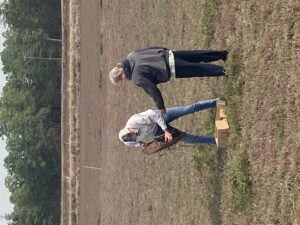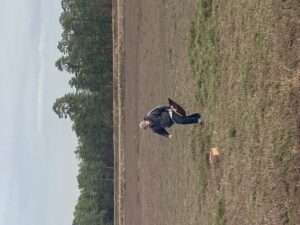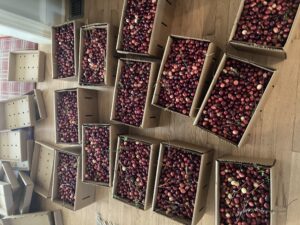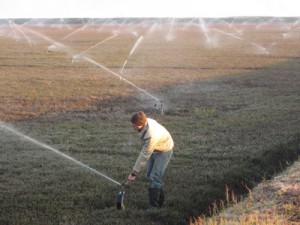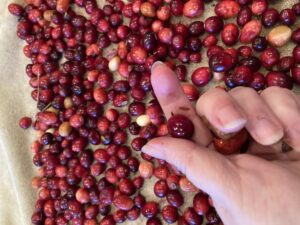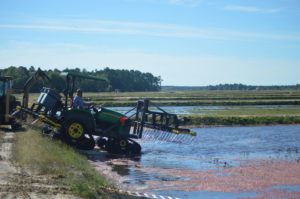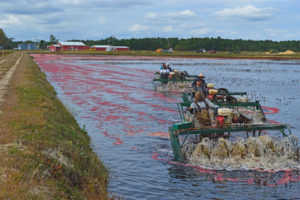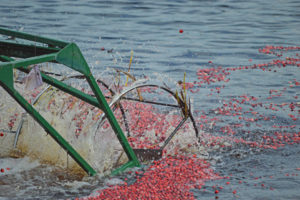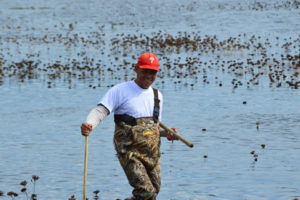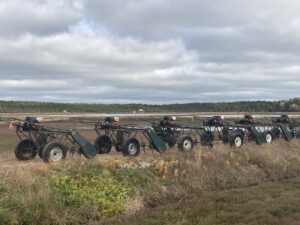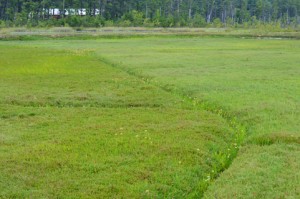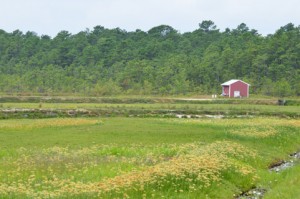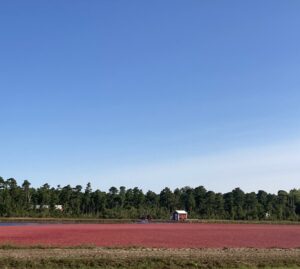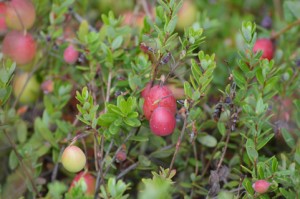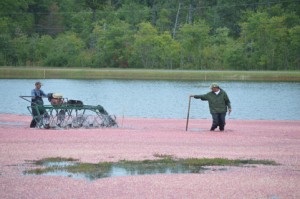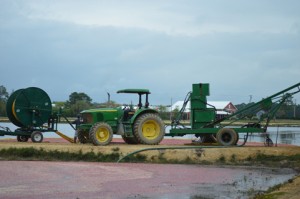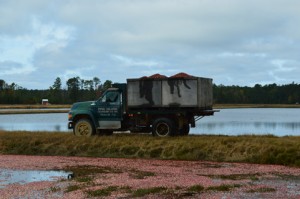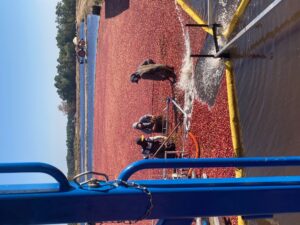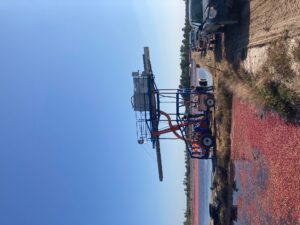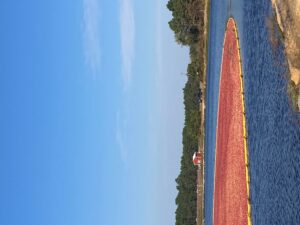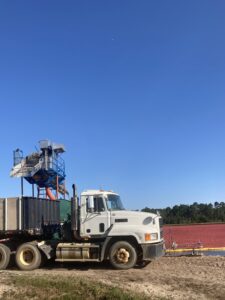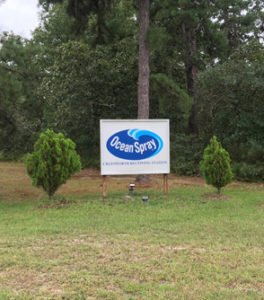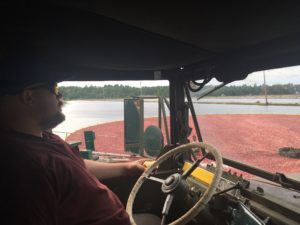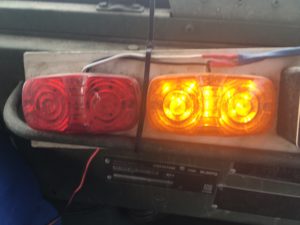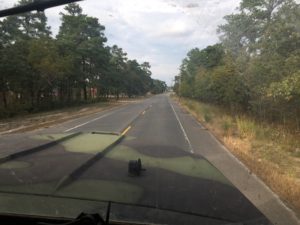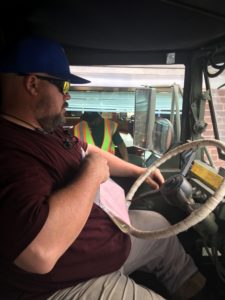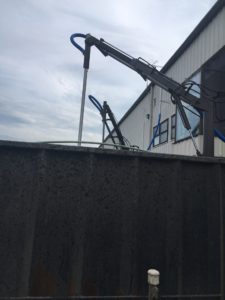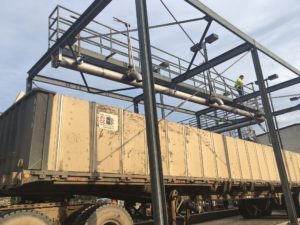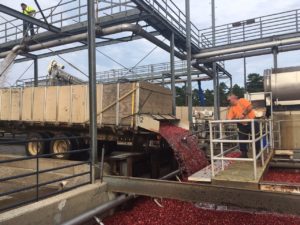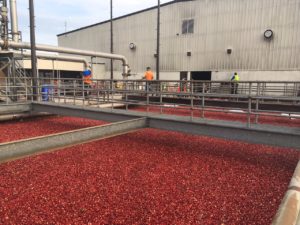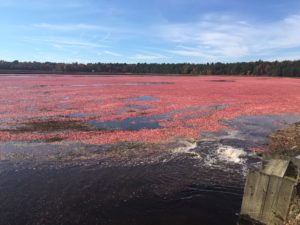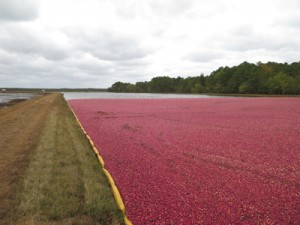Every year, toward the end of the season, CEO Bill Haines goes into one of the final beds and harvests some fruit the old fashioned way for family and friends. This year, he even got a little surprise help from our friend and next door neighbor Steven Sooy.
One of the best things about the New Jersey cranberry industry is how it truly is a cooperative effort. Once Steven showed up, it took no time at all for the two of them to pick 150 pounds of cranberries for personal use!
The next step was getting the berries dried off and sorted. This was a bit of a challenge, as cold overnight temperatures meant our team had to run the sprinklers to guard against frost earlier in the week, so there was quite a lot of water on the fruit for a bog that hadn’t been flooded yet.
It took the afternoon and most of the next day, but we managed to get them dried, sorted, and put into boxes to distribute for everyone to make their holiday favorites!
And with the final load of berries for the 2020 harvest making its way to the Ocean Spray receiving station this afternoon, that’s a wrap on the prettiest season in the Pines! We are as ever, grateful to have such good friends and neighbors in the Sooy family, as well as all of the other growers who make New Jersey a true cranberry community.

